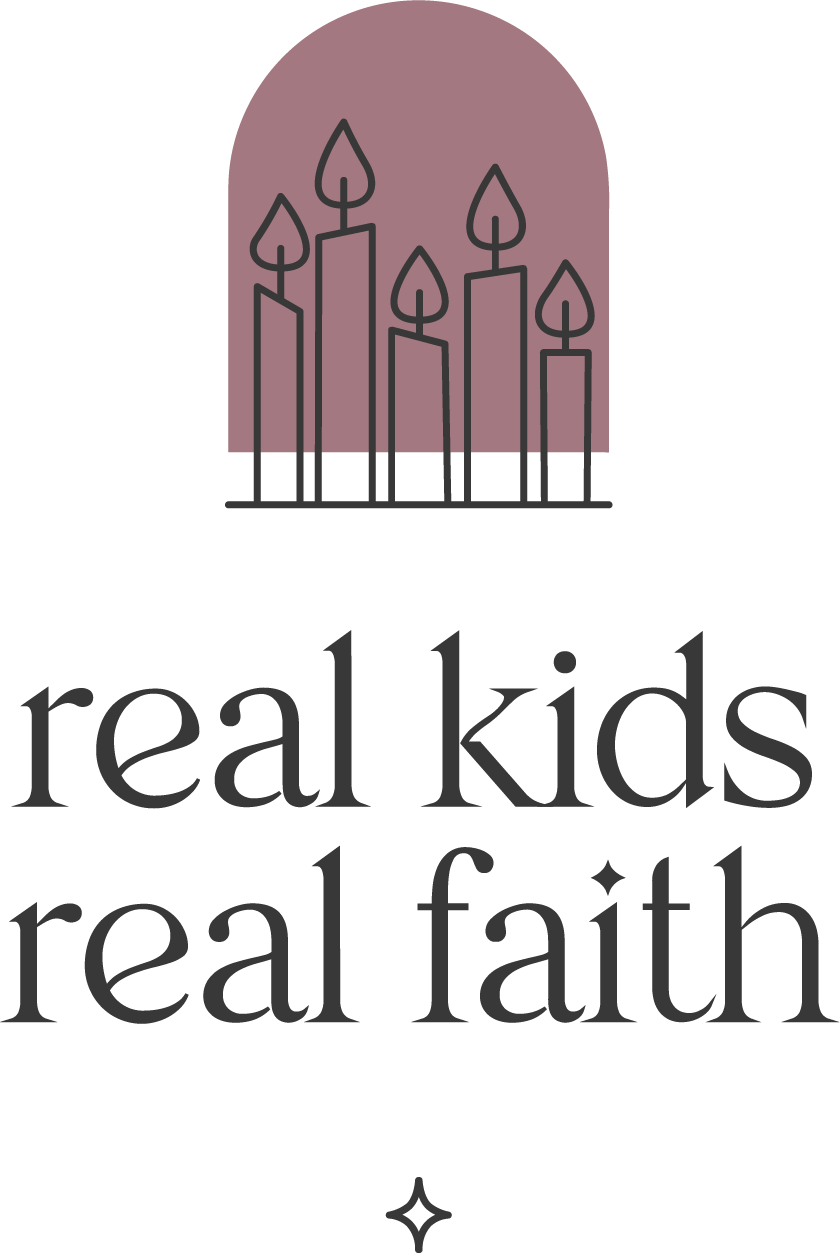My social media feeds have been flooded with ‘first day of school’ photos. Children stand holding signs proclaiming their grade in school and – sometimes – their hopes for the upcoming year. It’s a popular way to mark the shift from several weeks or months of summer fun to a new academic adventure.
With the beginning of a new school year, parents have many goals for children’s learning. We want them to do well in their studies. We hope they will find support when they struggle with subjects that do not come easily. And we’d like them to develop social-emotional skills, such as kindness, that will help them build strong relationships and make a difference in the world.
Kindness can be a rather abstract concept for kids. Since it is not a concrete object, they need help to identify what it looks like in action. So just like when we labeled various toys, animals, and activities when they were young, we need to point out and name acts of kindness when we see them happening. Noticing when someone picks up and returns a dropped item, shares an umbrella, or donates socks for a person in need provides concrete examples of a complex idea. You might even create a ‘kindness journal’ where all family members record – through words, drawings, and photos – observed acts of kindness.
To practice noticing kindness in a non-social setting, read books about people being kind or search through favorite stories for kind acts. Every Little Kindness, by Marta Bartolj, is a wordless picture book that shows many different ways of being kind. Counting Kindness, by Hollis Kurman, highlights different ways people have been kind to refugees. With more general stories, wonder aloud about how the characters are showing kindness to one another (or how they could be kinder).
Educator Tamara Letter also suggests that we introduce children to the idea of a ‘kindness boomerang’. It’s the experience of doing something kind and then receiving kindness back. Sometimes this boomerang effect occurs immediately, like when people take turns holding doors in a multi-door entryway. Sometimes the boomerang takes a longer route, such as when a neighbor drops by with a bouquet of spring flowers from their garden because you shoveled their sidewalk when it snowed.
We can teach kids about the ripple effect of kindness as well. This can be a bit hard to observe, because we often do not know what prior actions prompt someone to be kind. So invite your child to think about how receiving kindness feels and then ask how they might want to share that feeling by treating others kindly. Bartolj also illustrates both this ripple concept and a kindness boomerang in her story.
We can also encourage kindness by suggesting that children become kindness cultivators and help someone else grow in kindness. This approach particularly appeals to a child’s sense of agency and personal competence. In addition, it requires children to examine their own ideas and practices of kindness as they attempt to share them with others. Perhaps they can show a younger sibling, cousin, or neighbor some ways to be kind. Or they might become the family member who holds others (including adults!) accountable when opportunities to practice kindness are missed.

Comments